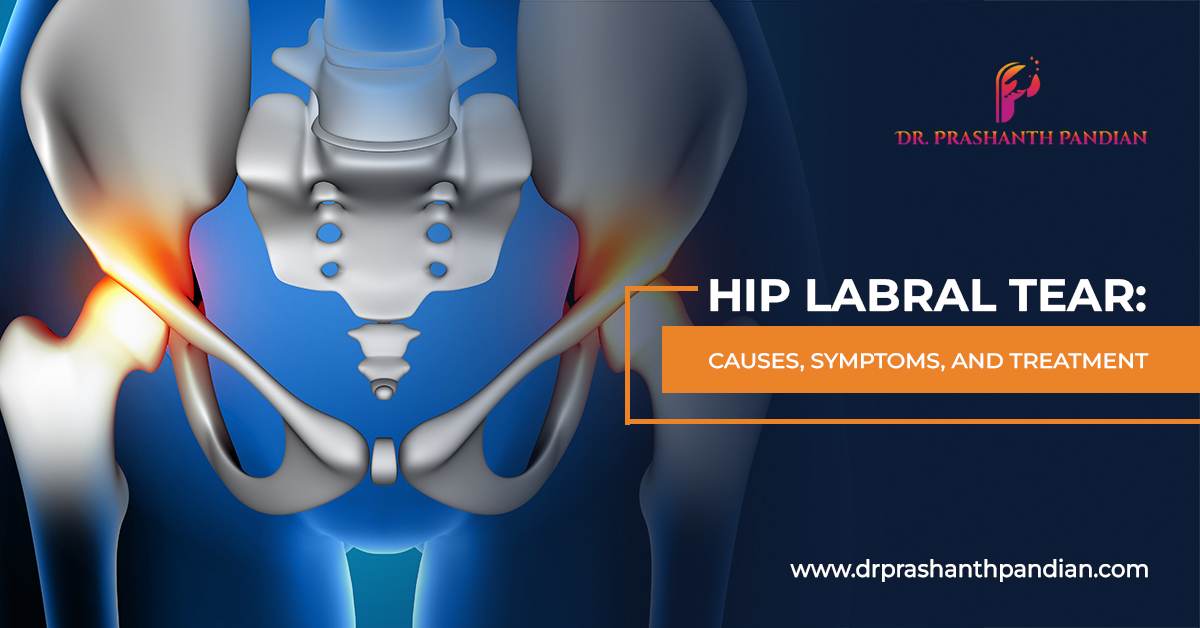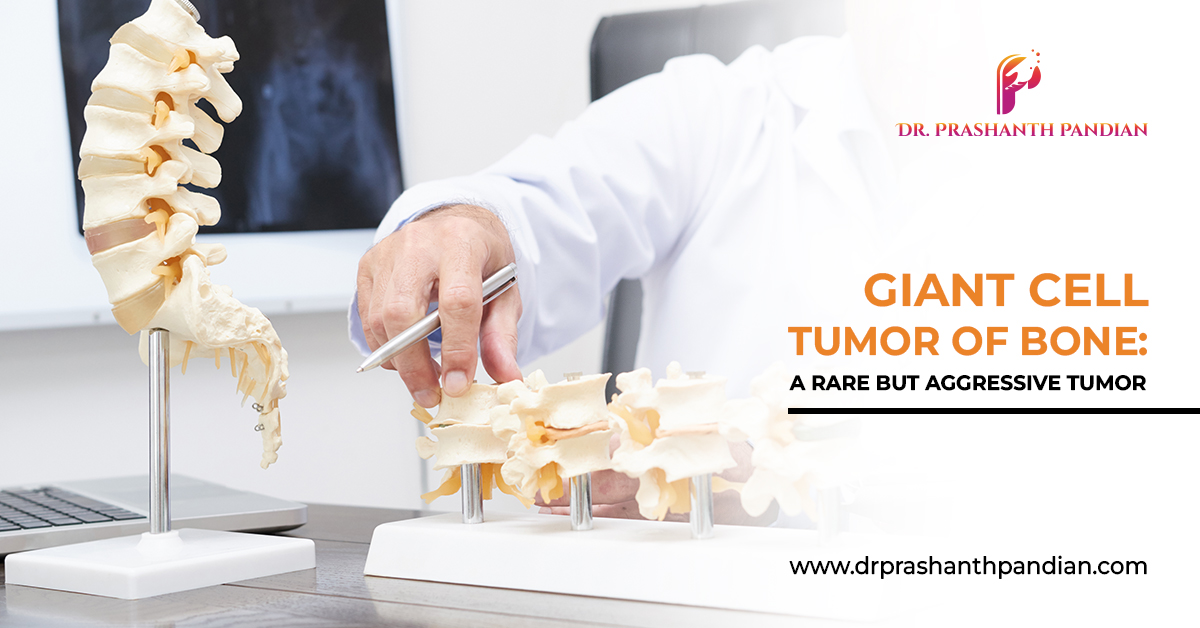A hip labral tear is a painful condition involving the labrum, the ring of cartilage that surrounds the outer rim of the hip socket. This structure cushions the hip joint and functions like a seal, ensuring that the ball at the top of the thighbone remains securely within the socket. Athletes in sports requiring pivoting, twisting, or repetitive hip movements — such as hockey, soccer, football, golf, or ballet — are at greater risk, though structural abnormalities of the hip can also predispose individuals to this injury.
Causes and Risk Factors
Hip labral tears may result from several factors. Trauma, such as a fall, a car accident, or high-impact contact sports, can directly damage the hip joint. Structural issues, including hip dysplasia, shallow sockets, or femoroacetabular impingement (FAI), place increased stress on the labrum and may lead to tears over time. Additionally, repetitive activities such as running, golf, or ballet can gradually wear down the joint. Risk factors include participation in high-impact or twisting sports, pre-existing hip deformities, and loose ligaments.
Symptoms and Complications
While some individuals remain symptom-free, many experience pain in the hip or groin that worsens with prolonged sitting, standing, walking, or athletic activity. Others may notice stiffness, a catching or clicking sensation, or reduced range of motion. Left untreated, a hip labral tear increases the likelihood of developing hip osteoarthritis, making early detection important for long-term joint health.
Diagnosis
Diagnosis typically begins with a medical history and physical examination, where the hip is moved through different positions to reproduce pain and assess mobility. Imaging tests play a crucial role: X-rays can identify structural problems or arthritis, while magnetic resonance arthrography (MRA) provides detailed views of soft tissues and can confirm a labral tear. Sometimes, anesthetic injections are used to determine whether hip pain originates from inside the joint.
Treatment Options
Treatment depends on symptom severity and activity level. Conservative care, including rest, activity modification, and nonsteroidal anti-inflammatory drugs (NSAIDs), can relieve pain. Corticosteroid injections may also help reduce inflammation temporarily. Physical therapy is a cornerstone of management, focusing on improving hip stability, flexibility, and strength. When conservative methods fail, arthroscopic surgery may be recommended. This minimally invasive procedure allows surgeons to either trim the damaged tissue or repair it with sutures. Post-surgical recovery typically requires 3–6 months, depending on the severity of the tear and the individual’s rehabilitation progress.
A hip labral tear is a potentially disabling condition that can limit mobility, cause chronic pain, and lead to degenerative joint disease if untreated. With early diagnosis and appropriate treatment — ranging from physical therapy to surgical repair — most people can return to normal activities and sports. Ongoing strengthening and prevention strategies are vital to reduce recurrence and preserve long-term hip function.



